Air Pollution in the Market
|
What is Air Pollution? As indicated by the 2018 Market Community Survey, health and the rights of residents to adequate health provisions are not currently being met. This is demonstrated in the NISRA Multiple Deprivation Measures, which places the community in the top 10% in the North for suffering health deprivation. Air pollution is a broad term that describes gases and particles in the air caused by the burning of fuel, to the wear and tear of the roads. The air particles, also known as Particulate Matter (PM), consist of tiny bits of solids and liquids that can vary in size, shape and composition. PM in air pollution is measured by 10 (or less) micrometres (PM10) and 2.5 micrometres (or less) (PM2.5). To put this measurement into context, a human hair is roughly 100 micrometres. How is it effecting the Market? To put this into context, each driver spends 112hrs a year in traffic. In addition to this, during the working week, the Market has become an open-air carpark as commuters going to work have decided to use the footpaths and roads as parking spots, which has increased enormously the number of vehicles going in and out of the area. With this increase in the volume of cars comes the dangerous rise in air pollution, which we are all breathing in. Cromac Street is a main arterial route, which exposes the community to great risks and harm as the congestion builds up. As outlined in We Must Dissent: A Framework for Community Renewal, the traffic congestion from the Ormeau Road to Ann Street (with Cromac Street being the connecting thoroughfare) is classed as ‘9th in the top ten most congested roads in the UK’ and the ‘UK being the 4th most congested developed country in the world.’ Since the report launch, Belfast has been classified as the ‘second most congested city in the UK,’ and the 35th most congested city in the world. |
21 egaP 1202 retniW/nmutuA
What damage does it really cause?
Gases produced by fuel being burnt (especially diesel), such as carbon monoxide and nitrogen oxide, are linked to respiratory conditions and to exacerbating underlying medical conditions such as asthma. The much bigger concern, however, to human health is Particulate Matter. Particulate Matter is so fine that it can get deep within the lungs and get into the bloodstream, giving it access to every organ in the body. The particle itself may not be a problem but they are often carrying chemicals that can trigger a reaction in the body, causing cell damage and inflammation as the body tries to attack the particles. The World Health Organisation (WHO) has described air pollution as perhaps the greatest environmental risk to health in the world.
What can the community do to tackle this health crisis?
As all the scientific evidence above shows, vehicles on the road producing toxins is becoming the biggest environmental killer in the world, which damages the whole body, and people of all ages. As it stands, the Market is an open-air car park for commuters who clog up the area with more vehicles than the area can sustain, all while pumping toxic fumes into the air. To help reduce the air pollution that we are subjected to, there are a couple of key measures that will ease the concentration of toxic air. Firstly, having a residents parking scheme. This scheme would reduce dramatically the number of cars in the district, especially during peak working hours. The scheme would involve cars being registered to households and the Department of Infrastructure enforcing penalties on cars illegally parked.
It is only recently that evidence has been published that shows that air pollution affects much more than the lungs and long-term exposure causes much more subtle damage that could be undetected for years. The long-term exposure damages health and can exacerbate the medical conditions already suffered. As Cromac Street runs through the heart of our community, it exposes us to all to the high levels of the pollutants which have been proven to cause not only damage to the lungs but potentially every organ in the body.
This scheme would also open up streets that are often blocked to cleansing, emergency and other services, who cannot presently in some cases get access to houses in need. Secondly, getting traffic calming measures put in place on Cromac Street/East Bridge Street would reduce the speed to the 20mph, the current City centre speed limit. This measure would stop cars speeding through the district and causing health and safety concerns. Thirdly, there are green solutions that can help tackle air pollution, and PM 2.5 in particular. Moss has been proven to be particularly effective in absorbing air pollution. Moss can absorb the equivalent of 275 groves of trees using only 1% of the surface area. Cities around Europe have started lining busy roads and junctions with moss and associated technologies.


